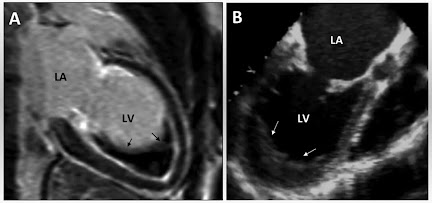Peptic Ulcers
Definition : Peptic ulcers are the areas of degeneration and necrosis of gastrointestinal mucosa exposed to acid peptic secretions. They occur most commonly (98-99%) in either the duodenum or the stomach in the ratio 4:1. It may be acute or chronic.
Acute Peptic Ulcers / Acute Stress Ulcers
Definition : Acute peptic ulcers are multiple, small mucosal erosions, seen most commonly in the stomach but sometime involve duodenum also.
Etiology : Most common cause of ulcers are stress -
1. Psychological stress
2. Physiological stress -
- Shock
- Severe trauma
- Septicemia or sepsis
- Extensive burns (Curling's ulcers in the posterior aspect of the first part of the duodenum)
- Intracranial lesions ( Cushing's ulcers developing from hyper-acidity due to excessive vegal stimulation)
- Drug intake (aspirin, steroids, butazolidine, indomethacin)
- Local irritants (alcohol, smoking, coffee )
Pathogenesis :
- Mucosal digestion from hyper-acidity (important factor).
- Protective gastric mucus barrier may be damaged.
MORPHOLOGICAL FEATURES
Grossly : Multiple ulcers (more than 3 ulcers in 75% cases) present in stomach but most common in the first part of duodenum. Ulcers are oval or circular in shape, usually less than 1 cm in diameter.
Histologically : Stress ulcers are -
- Shallow and do not invade the muscular layer.
- Margin and base show some inflammatory reaction depending upon the duration of ulcers.
COMPLICATIONS
- Haemorrhage.
- Perforation.
Related Posts -






No comments:
Post a Comment
Please do not enter any spam link in the comment box